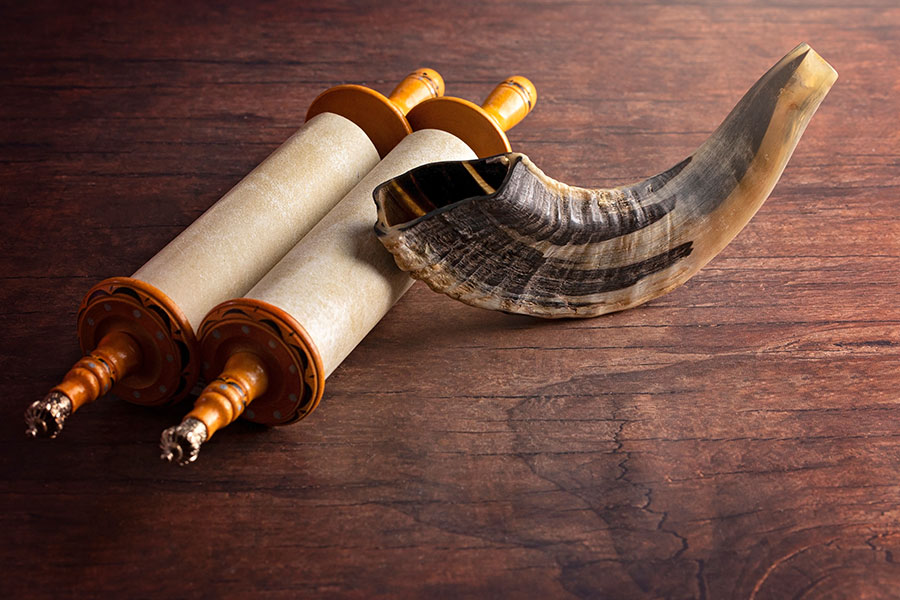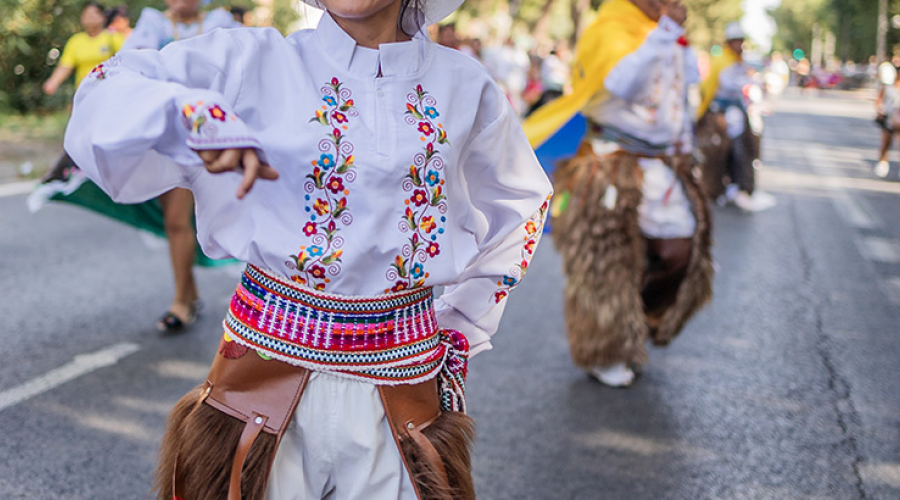Together with Rosh Hashanah, which takes place ten days prior, Yom Kippur is one of the two High Holy Days in Judaism. (Check out our previous article on Rosh Hashanah for more information on that holiday.) It is not only one of the most widely observed holidays in the faith, but the most sacred day of the Jewish calendar. This year, Yom Kippur begins at sundown on Wednesday, October 1 and continues through Thursday, October 2.
After the joyful celebration of Rosh Hashanah welcomes the new year, Yom Kippur (“Day of Atonement”) centers around atonement for wrongs committed in the previous year and self-reflection geared towards improvement in the coming year. Observers fast for 25 hours and attend special prayer services at their local synagogue, and join loved ones for festive meals before and after the fasting period.

Traditionally, it is polite to greet observers on the holiday with “g’mar chatima tovah” (“a good final sealing,” referring to the belief that one’s fate for the coming year is written on Rosh Hashanah and “sealed” on Yom Kippur) or “tzom kal” (“easy fast”). Given the nature of the holiday, it is also polite to wish observers a meaningful fast, as the effort of praying for forgiveness and resolving to be better is not exactly easy.
Yom Kippur is not a federal holiday, but since observers are not permitted to work on this holiday, be prepared to give students and employees time off on the days of, and potentially time to prepare the day before. Some educational institutions may cancel classes in recognition of the holiday and their students’ needs. You can expect businesses, government institutions, and transportation to be operating on normal hours.
If you have any questions or concerns, please feel free to contact us anytime at info@gravityintprog.com. Stay safe and healthy, and g’mar tov!






